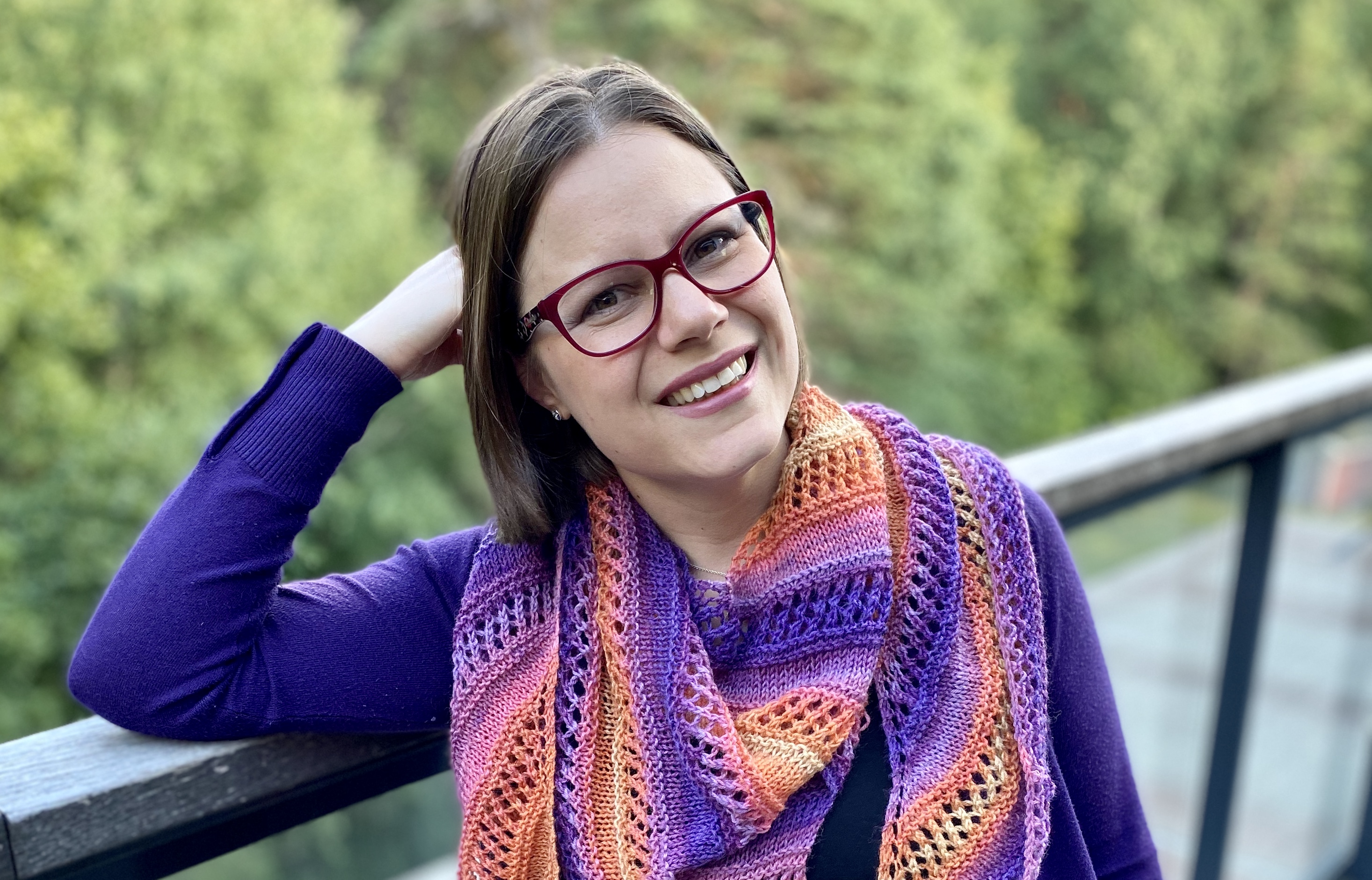Andreina Francisco new Postdoc in the group
20 Jul, 2020

We welcome Andreina who recently started a 2-year postdoc position in our group in the project AI methods for decision making in automated biological laboratories. The position is part of the strategic research area effort eSSENCE´s PostDoc-program towards new e-science methods and tools for artificial intelligence in research.
Can you describe the topic of your PhD?
I did my PhD in Computer Science, more precisely in an area called constraint programming, or CP for short. My PhD thesis is titled Analysis, Synthesis and Application of Automaton-Based Constraint Descriptions, and if you want to read more about the specific details, you can freely download it from Diva.
Now, for those of you who aren’t familiar with CP, it deals with modelling and solving combinatorial problems, which are a kind of puzzle where we need to find some values that satisfy some given conditions (or constraints). For example, a Sudoku puzzle is a combinatorial problem where we need to find values for each cell such that the values in each row, column and 3x3 subsquare are all different from each other.
In CP we use techniques from other subareas of artificial intelligence, such as machine learning and operations research, and combine them to solve very hard real-world problems. CP can be used in robot scheduling, vehicle routing, planning, packing, and many other things. CP is quite different from the more known imperative programming in that you don’t need to specify how to solve your problem, but rather only the problem itself. For example, if you want to solve a Sudoku puzzle using CP, you only need to specify which cells, called variables in a CP context, need to be different from each other. You don’t need to think at all about how to make sure they are indeed different. This is a great advantage because you don’t need a lot of programming experience to start using CP.
What did you do after obtaining your PhD?
After obtaining my PhD, I was a Research Fellow at the National University of Singapore for about 18 months. Quite the adventure! At NUS, I was part of the constraint programming group led by Professor Roland Yap, and I got to develop a new propagator, which is an algorithm used to make intelligent deductions about some variables, trying to keep only the values that would satisfy the constraint. I also developed new search heuristics and learned a lot about vehicle routing problems. But this position was more than working on challenging and interesting problems. It was about being part of a very different culture, trying countless new dishes, meeting amazing people, and being part of such a large and dynamic city.
Afterwards, I came back to Sweden and became a teacher at the Department of IT here in Uppsala University until I joined the Pharmaceutical Bioinformatics research group.
What do you hope to achieve in the Pharmaceutical Bioinformatics group?
I want to work with really cool applications! I’ve been working with AI techniques mostly from the technical perspective, but the main reason I got into artificial intelligence was to solve exciting problems. I believe the Pharmaceutical Bioinformatics group is a great source of real-world, stimulating, and important problems, all-in-one! I hope to be able to mix-and-match different techniques, and even develop new ones, while making real impact.
Do you have any hidden talent?
I’m actually quite good with crafts and I like experimenting with colours. I was obsessed with oil painting for a while. Later on it was ceramic painting, but nowadays I’m obsessed with yarn. I might be seen wearing colourful hand-knitted scarves and shawls most of the year in Sweden.

